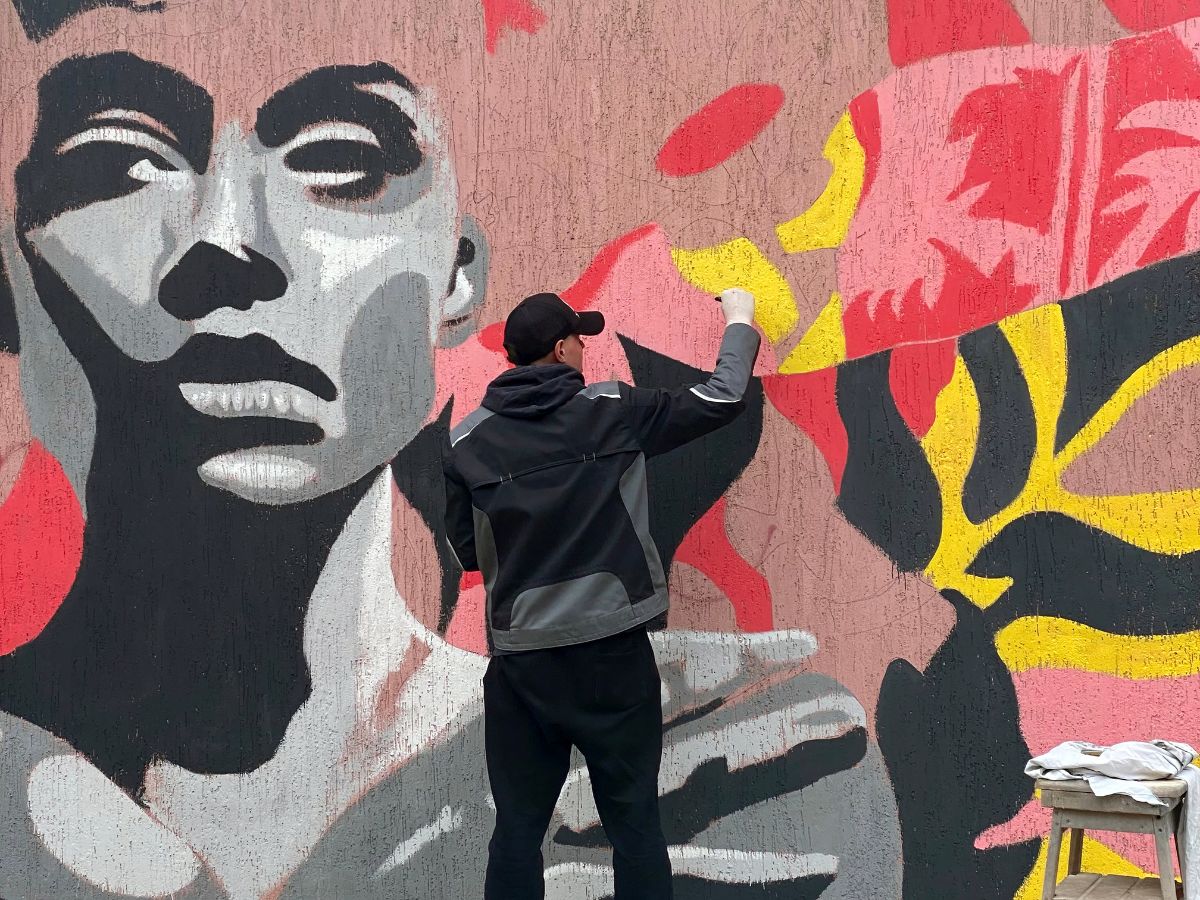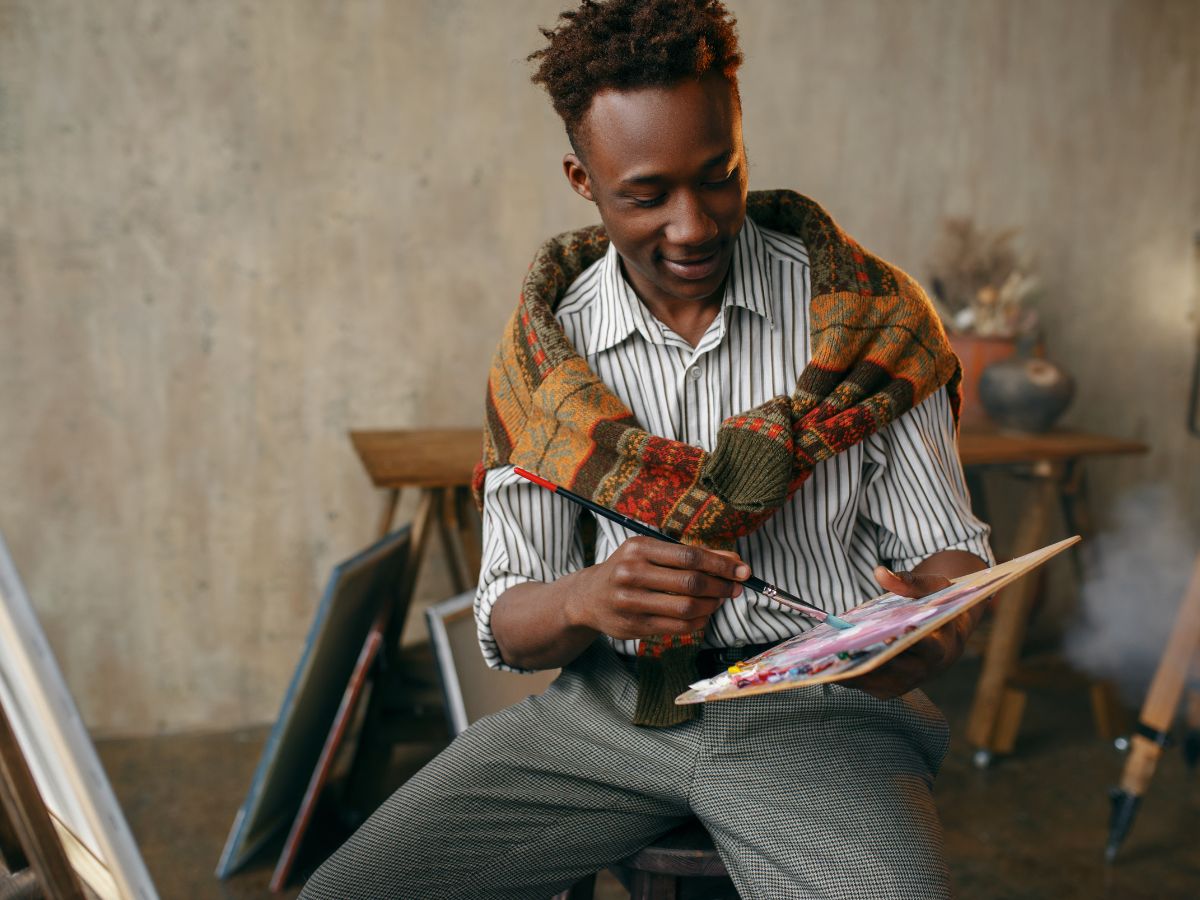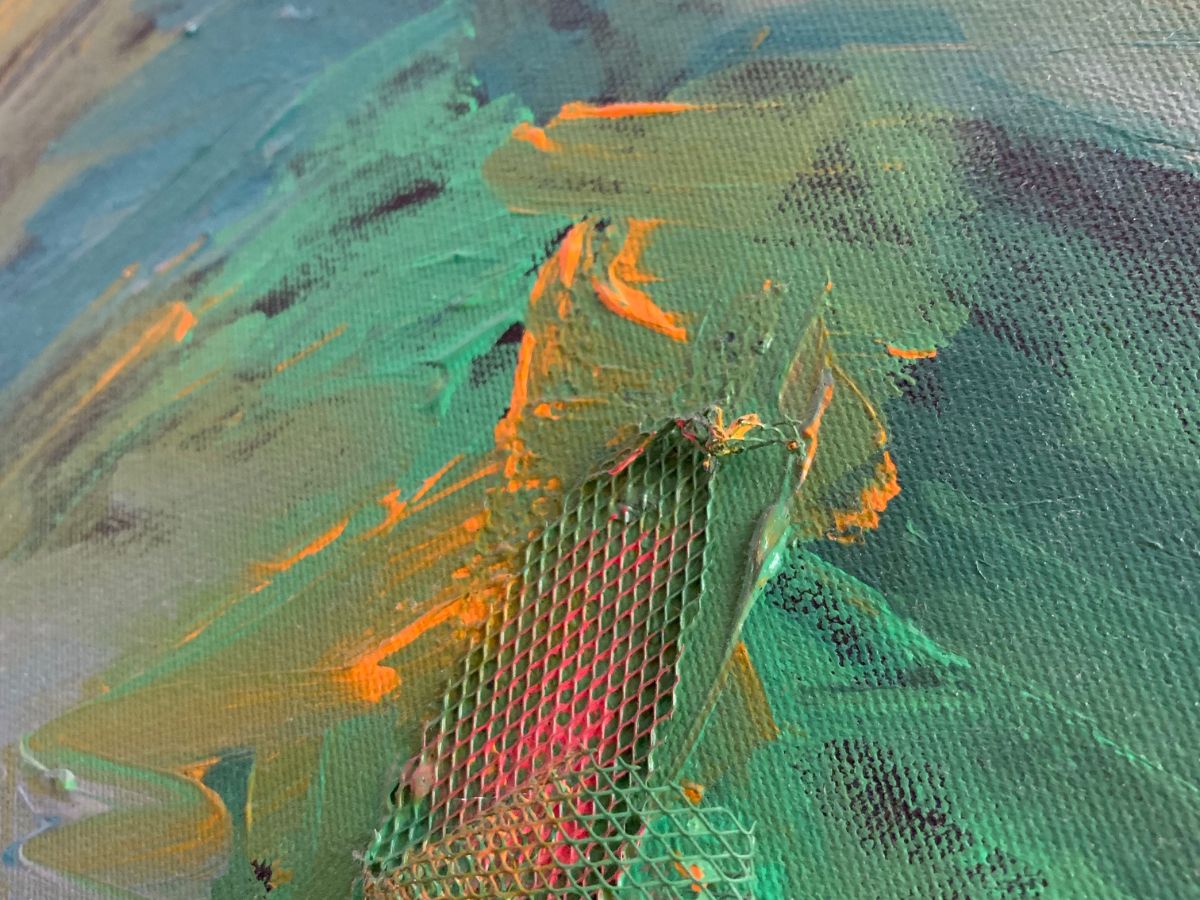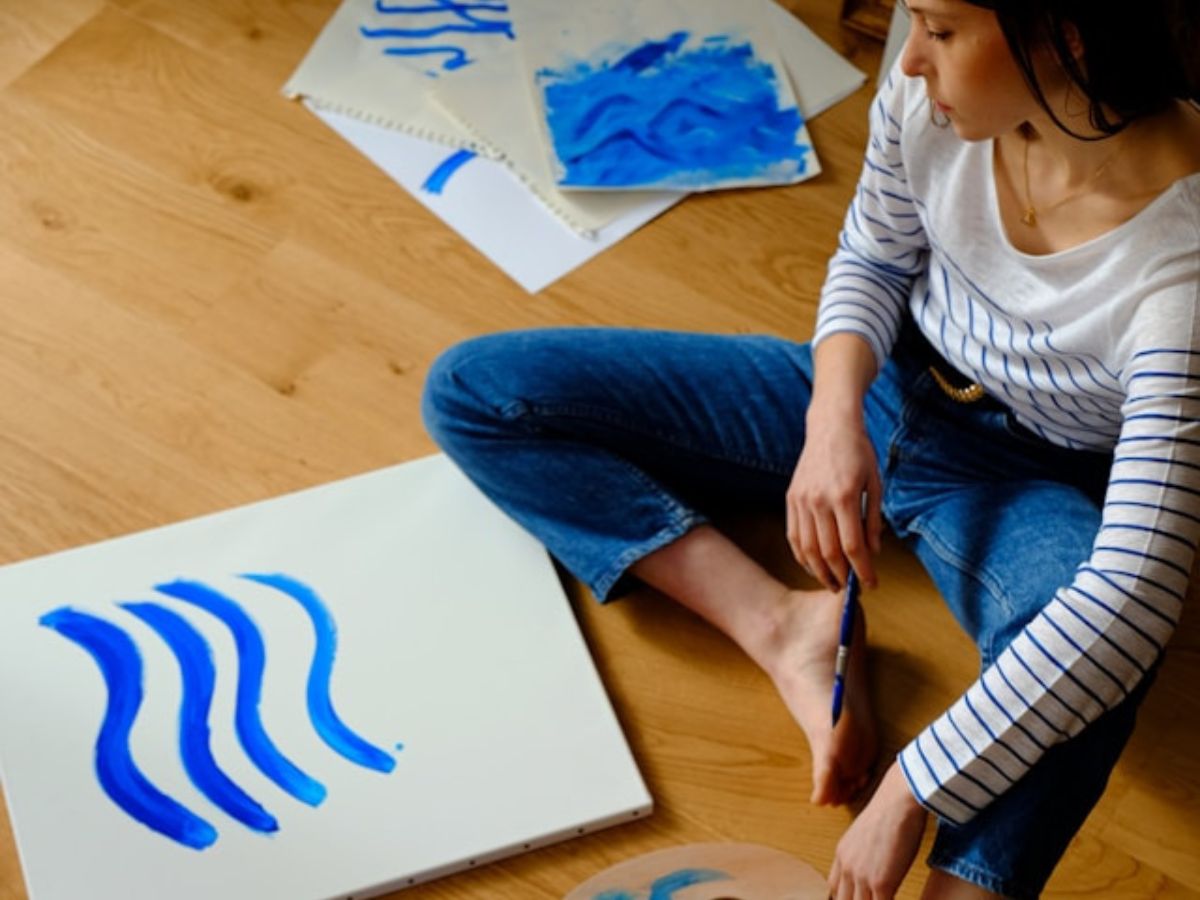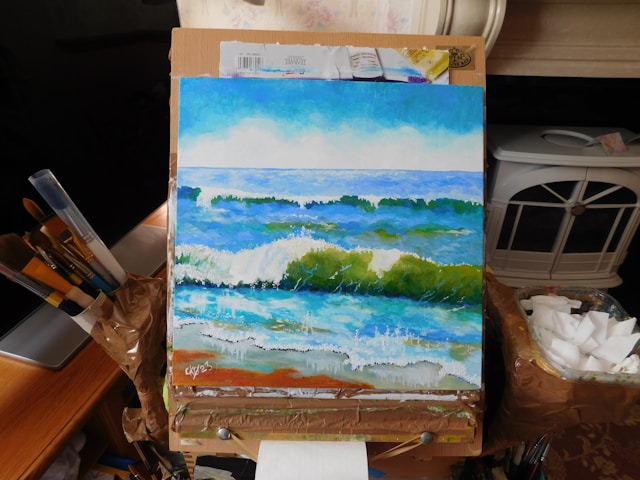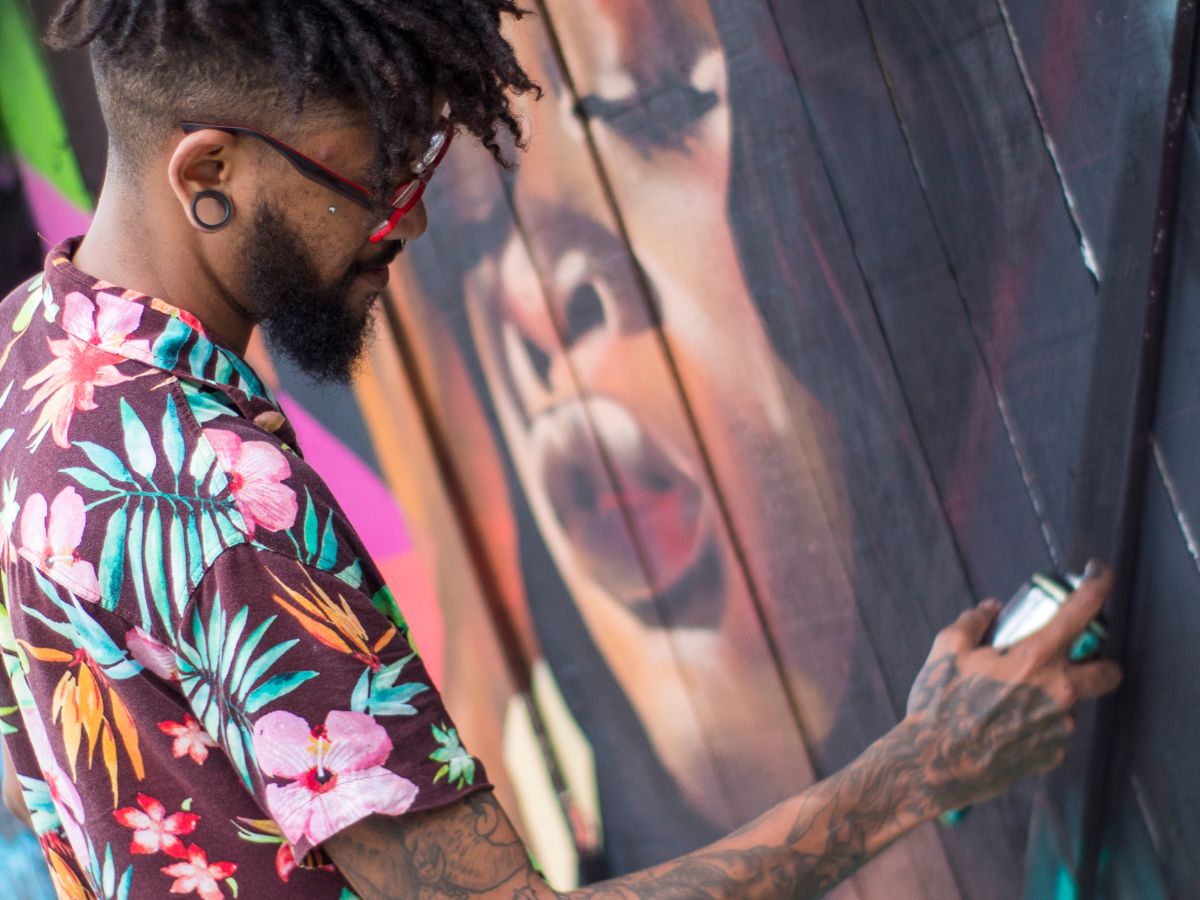
Exploring the Rich World of Murals: From Ancient Frescoes to Modern Street Art
Murals are a captivating form of art that have adorned public and private spaces for millennia, transforming walls into canvases of storytelling, political expression, and aesthetic beauty. This guide explores the different types of murals, offering insight into their historical significance, modern applications, and cultural impact.

